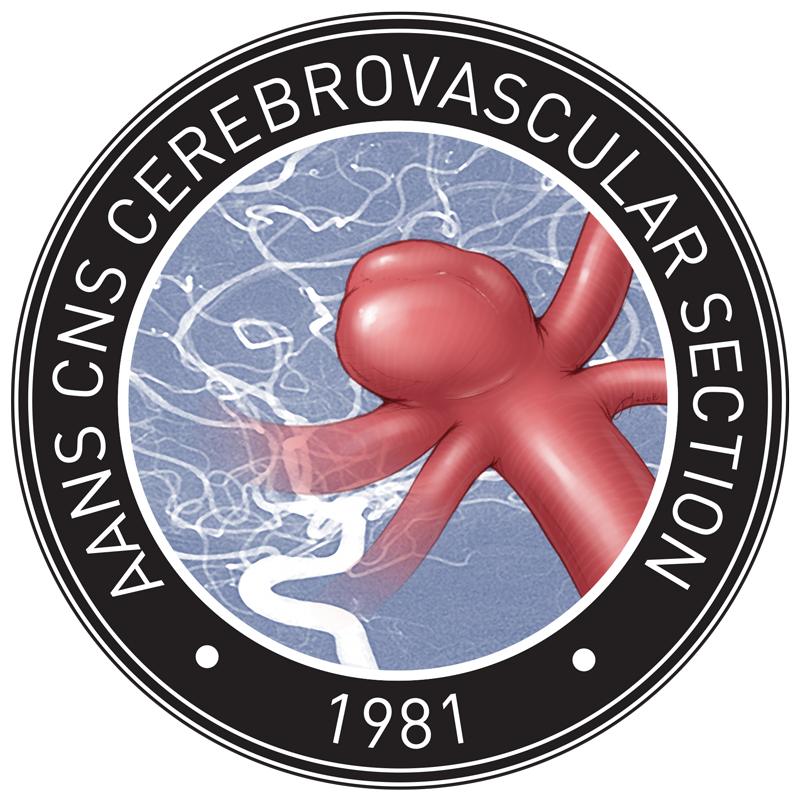Stereotactic radiosurgery for cerebral arteriovenous malformation: evaluation of long-term outcomes in a multicenter cohort

In this month’s Journal of Neurosurgery, a multicenter cohort study was published. The cohort consists of 2236 patients with arteriovenous malformations (AVM) treated with stereotactic radiosurgery (SRS) and represents the largest reported series of AVM treated with SRS. Mean patient age was 36 years and 49.6% were female. Mean treated AVM diameter of 2.3 cm is noted with a mean volume of 4.3 cc. Prior microsurgery was performed in 4.9% of patients, 8.5% had a history of radiotherapy and 21.5% had a history of embolization. MRI or angiographic obliteration was noted in 64.7%, (50.9% angiographic vs. 13.8% MRI). Independent predictors of obliteration were younger age, lower nidus volume, increasing year from SRS and higher margin dose. Post-SRS hemorrhage was noted in 165 patients with an annual risk of 1.1%. Symptomatic radiation change was noted in 9.4%, with permanent change noted in 2.7%.
Obliteration was achieved in 64.7%, with favorable outcome achieved in 60.3%, with a mean follow up of 7 years. Independent predictors of unfavorable outcome were higher nidus volume, prior AVM hemorrhage, prior embolization, eloquent location, higher number of isocenters and lower margin dose. The Virginia Radiosurgery AVM Scale was the best predictor of outcome.
